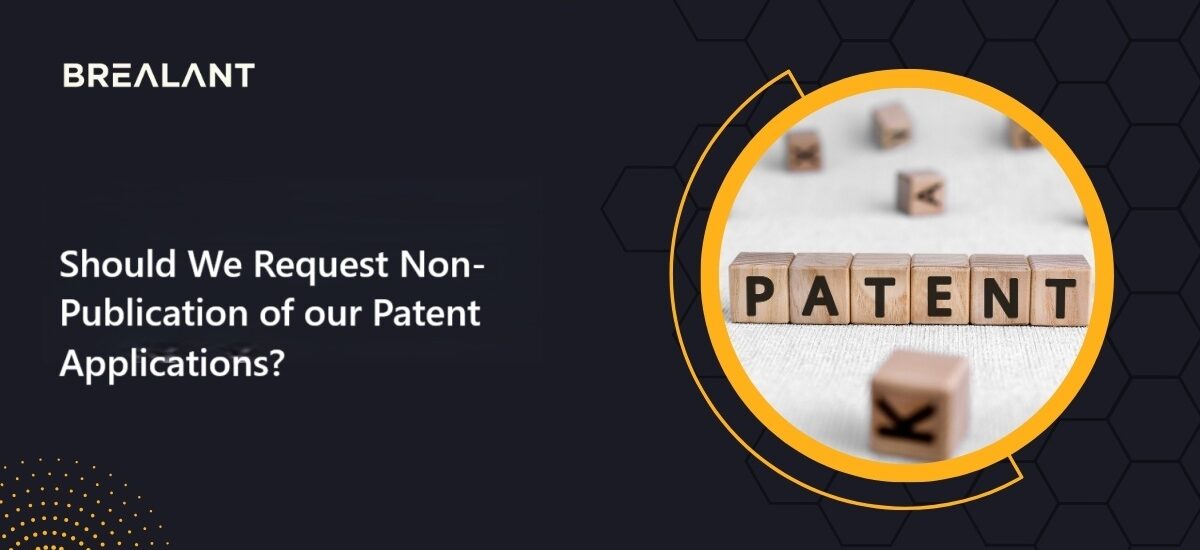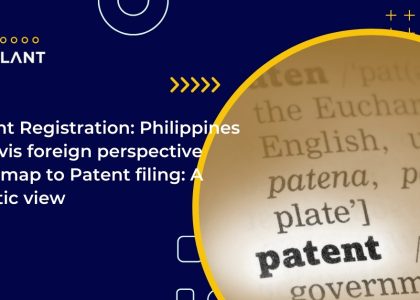

Should We Request Non-Publication of our Patent Applications?
In the dynamic landscape of intellectual property, the decision to request the non-publication of a patent application has become a strategic dilemma for inventors and businesses alike. The conventional approach involves publicizing patent applications 18 months after filing, providing transparency, and fostering innovation. However, the option to request non-publication exists, enabling inventors to keep their innovations confidential. This blog explores the factors and considerations surrounding this decision, shedding light on the advantages and disadvantages of both options.
The Patent Publication Process
Before delving into the decision-making process, it’s crucial to understand the typical trajectory of a patent application. Traditionally, patent applications are kept confidential during the initial stages. However, they are published at the 18-month mark from the filing date, becoming part of the public domain. This disclosure is seen as a trade-off for the exclusive rights granted to the inventor, allowing the public to learn from and build upon the disclosed technology.
Advantages of Patent Publication
- Knowledge Sharing and Innovation: Public disclosure of patent applications contributes to the collective knowledge pool. It allows other inventors and researchers to learn from the disclosed information, fostering innovation and technological advancements. By sharing information, the patent system aims to accelerate progress and prevent the reinvention of existing technologies.
- Building Trust and Credibility: A published patent application provides transparency that can enhance an inventor’s credibility. Potential investors, collaborators, and licensees often view a published application as a demonstration of the inventor’s commitment to sharing their innovation with the world. This openness can be crucial in establishing trust within the industry.
- Legal Protections Begin: Once a patent application is published, the legal protection associated with the patent begins, even if the patent is ultimately granted. This means that, from the publication date, the inventor can enforce their rights against potential infringers, deterring others from entering the same space.
Disadvantages of Patent Publication
- Exposing Trade Secrets: One of the primary drawbacks of patent publication is the potential exposure of trade secrets. In specific industries, an invention’s details are valuable and highly sensitive; by publishing a patent application, an inventor risks disclosing proprietary information that competitors could exploit.
- Accelerating Competition: Patent publication provides competitors with insights into ongoing research and development activities. This transparency can expedite the development of rival technologies or even create workarounds that circumvent the patented invention. For inventors seeking a competitive edge, maintaining confidentiality becomes crucial.
- Market Speculation: In some cases, the publication of a patent application can lead to market speculation, affecting the perceived value of an invention. Competitors may adjust their strategies based on the disclosed information, potentially impacting the market dynamics even before the patented technology reaches commercialization.
Advantages of Requesting Non-Publication
- Maintaining Confidentiality: The primary advantage of requesting non-publication is the ability to keep the details of the invention confidential. This is particularly important for inventors working on groundbreaking technologies or industries where trade secrets are paramount. Non-publication allows inventors to control the timing and extent of information disclosure.
- Extended Competitive Advantage: By avoiding the 18-month publication timeline, inventors can maintain a longer exclusivity period. This extended window without public disclosure provides a competitive advantage, allowing inventors to establish a stronger foothold in the market before competitors gain access to the patented information.
- Strategic Flexibility: Requesting non-publication offers inventors strategic flexibility. They can assess market conditions, secure additional funding, or refine their innovation before going public with the patent application. This flexibility can be crucial for startups or inventors in rapidly evolving industries.
Disadvantages of Requesting Non-Publication
- Delay in Legal Protections: Perhaps the most significant drawback of requesting non-publication is the delay in legal protections associated with the patent. The inventor cannot enforce their rights against potential infringers until the patent is granted and published. This delay may allow competitors to enter the market without the threat of patent litigation.
- Limited Market Exposure: Non-publication means limited exposure to potential investors, collaborators, and licensees. The lack of publicly available information may hinder the inventor’s ability to attract partnerships or secure funding. Sometimes, the perceived risk of an undisclosed invention may deter potential stakeholders.
- Missed Opportunities for Feedback: Keeping a patent application confidential means missing out on valuable feedback from the public and industry experts. The patent examination process often involves interaction with patent examiners and the opportunity to refine claims based on prior art. non-publication eliminates this feedback loop, potentially resulting in narrower patent claims.
Conclusion
The decision of whether to request non-publication of a patent application involves a careful balancing act between the advantages and disadvantages outlined above. It is not a one-size-fits-all scenario and requires a thorough understanding of the circumstances surrounding the invention, the industry, and the business strategy.
Innovators must weigh the benefits of maintaining confidentiality and extended competitive advantage against the drawbacks of delayed legal protections and limited market exposure. Factors such as the nature of the technology, industry practices, and the overall business strategy should all be considered in making an informed decision.
Ultimately, the choice between patent publication and non-publication is a strategic one that should align with the inventor’s goals and the broader context of their innovation journey. Whether sharing knowledge with the world or safeguarding trade secrets, each path has implications, and inventors must navigate this complex landscape with foresight and diligence.








